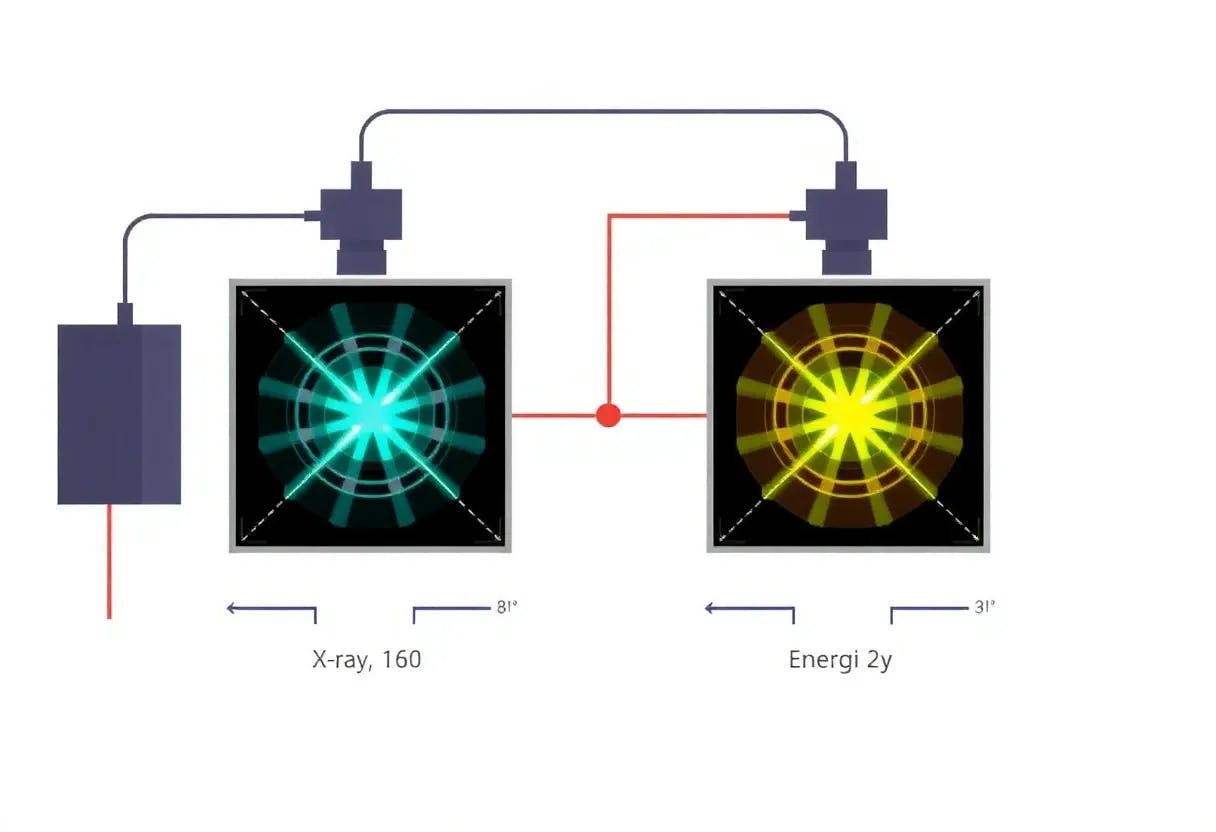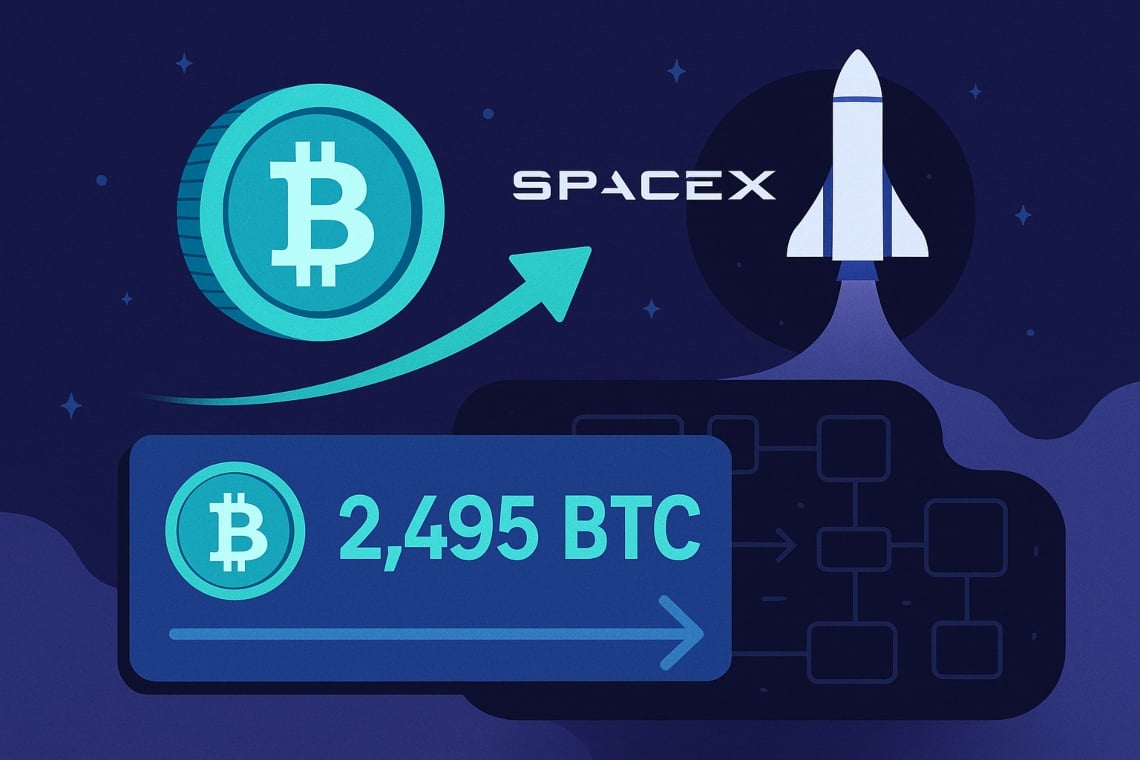Can Bittensor’s 3x Volume Surge Signal a Bull Run?

In October 2025, TAO’s trading volume nearly tripled, jumping from $2.3 billion to $7.03 billion, signaling a strong capital inflow into the asset.
At the same time, several analysts predict that TAO could rise 10x within the next year, a figure that excites the community but also raises caution. Is this the beginning of a sustainable bullish cycle, or just a “hot wave” of speculation before the storm?
Sponsored
Sponsored
Explosive Liquidity and the Story Behind the Rally
According to data from DefiLlama, Bittensor (TAO) has already witnessed an extraordinary surge in liquidity in October. Total trading volume jumped to $7.03 billion, almost three times higher than the previous month.

One of the main catalysts is the halving event, which reduces daily TAO issuance by 50%, a rare feature among AI blockchain projects. As BeInCrypto reported, the halving expected in December 2025 could further drive long-term growth for TAO.
In addition, the token burn mechanism during subnet registration creates additional supply pressure, while real-world demand for TAO increases, bringing tangible value within its ecosystem.
According to crypto analyst Lark Davis, TAO has officially broken out of a descending triangle pattern on the daily chart. The previous resistance zone around $436 has become strong support, while the $495–$500 range is the next major barrier.
If the price can be maintained above these levels, a medium-term bullish trend is possible.

Sponsored
Sponsored
Some analysts also believe that the newly leaked Bittensor roadmap could be the key to the next rally, with Crypto Rand setting targets at $740 and later $1,000.
However, not everyone is optimistic. Analyst AltcoinSherpa recommends waiting for clearer confirmation signals or a new consolidation phase before jumping in to avoid short-term correction risks, similar to what recently happened with ZEC.
TAO Analysis: Supercycle Signals or Overhyped Expectations?
From a fundamental perspective, TAO analysis shows strong long-term growth potential. The combination of halving-induced supply cuts and token-burning subnet registrations has created a naturally deflationary economic model, similar to Bitcoin’s past bull cycles.
On top of that, the rapid expansion of the decentralized AI sector, where Bittensor positions itself as the “Web3 infrastructure for AI,” provides sustainable demand for TAO.
According to Decode, Bittensor’s market capitalization (~$4 billion) still appears undervalued compared to peers like Cardano (over $40 billion), especially since TAO supports 125 active subnets generating real-world value.
“AI is the big tech mega trend, and stock market valuations are making Bittensor look very, very cheap,” the analyst noted.
Some analysts also argue that if institutional products like the Grayscale TAO ETF are launched, institutional capital could flow in heavily, potentially pushing prices up to $2,100, based on valuing 20 subnets at $1 billion each, according to James Altucher.
However, it’s essential to remain realistic. These “supercycle” forecasts remain highly speculative. Bitcoin’s price trends and global liquidity cycles still heavily influence the altcoin market. TAO could face a significant correction if BTC experiences a sharp decline or capital exits AI-related assets.





